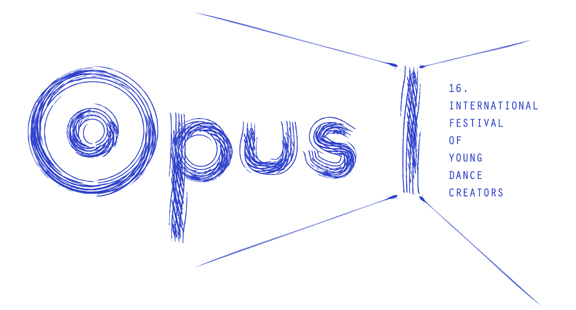
OPUS 1 – PLESNA MINIATURA 2025
16. MEDNARODNI FESTIVAL MLADIH PLESNIH USTVARJALCEV
Slovensko ljudsko gledališče Celje, 19. april 2025
16. International Festival of Young Dance Creators
OPUS 1 – Short Dance Piece 2025
Slovenian National Theatre Celje, 19th April 2025
THEMES
1. THE SPACE
2. WHATEVER
1. THE SPACE
Space is impossible to define. It is motionless, formless, timeless, unchanging, ever-present, sentient, real. It is always there and here, never running out. Space is empty. You do not see it; you do not hear it. When you embrace it, it escapes. There is no space where you are.
Dance needs space!
Space is a basic element of dance that can be explored and shaped.
Dancers use the dimensions of space - height, width and depth - to create shapes and patterns.
The relationship between dance and space is very symbiotic, as each has a significant influence on the other. This mutual influence shapes not only the way the performance is performed, but also how it is experienced by the dancer and the audience. The way a space is used can reinforce or transform movement, while movement has the power to define a space.
The boundaries of space in dance are not fixed. In some cases, dancers work with unconventional spaces - urban landscapes, natural environments or architectural structures - to define what the space of the performance is. The environment becomes a co-creator and influences how the dancers move, balance and interact with their surroundings. There is an interesting interface between dance and architecture. Both disciplines are concerned with space, structure and movement, although in different ways - architects design spaces that guide people's movement, while dancers use their bodies to navigate and redefine spaces. In contemporary dance, space is often used to challenge traditional power dynamics, with dancers deliberately breaking through the 'fourth wall', stepping off the stage into the audience, thus breaking down the usual boundary with the viewer. With the development of technology, dancers can explore new dimensions of space in virtual environments where the concept of space is completely transformed and where gravity, scale and physical constraints no longer apply. This opens new creative possibilities for how dance interacts with space.
Does space need dance?
Dance and space have a dynamic, constantly evolving relationship. Space is not just a backdrop for dance, but an active, living partner in the creative process. In theatres, public spaces, virtual worlds or architectural masterpieces, there is a constant dialogue between movement and space that continues to push the boundaries of this relationship.
2. WHATEVER
But if the theme above does not inspire you, you are free to do, well, whatever. Whatever is in you, whatever is around you, whatever you are looking for, whatever you are wondering about, whatever you question, whatever you are interested in… we are interested as well!
Guidelines for mentors and creators:
The required part of the creative process should include translating your ideas and procedures into words. The same as every year, you have to attach a description of your creative process to your application (literary origins, thoughts, procedures, decisions…). Think about it and work on it so as to genuinely delve into the depths of your short dance piece.
The theme is designed to offer a wide scope of possibilities to all artists, regardless of their age. Mentors should discuss it with young creators, while the latter should be autonomous and creative in shaping their ideas and pieces.
The role of mentors in creating the short dance piece is to counsel, lead and guide the young creators in creating their own ideas, dance expressions and autonomous choreographies.
Approach the theme with exploratory zeal and creative inspiration.
Think and work on it to really delve into the creation and formation of the short dance piece, thus meaningfully fulfilling the concept, process and results of your work.